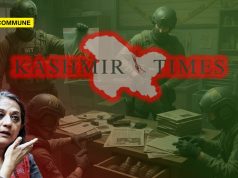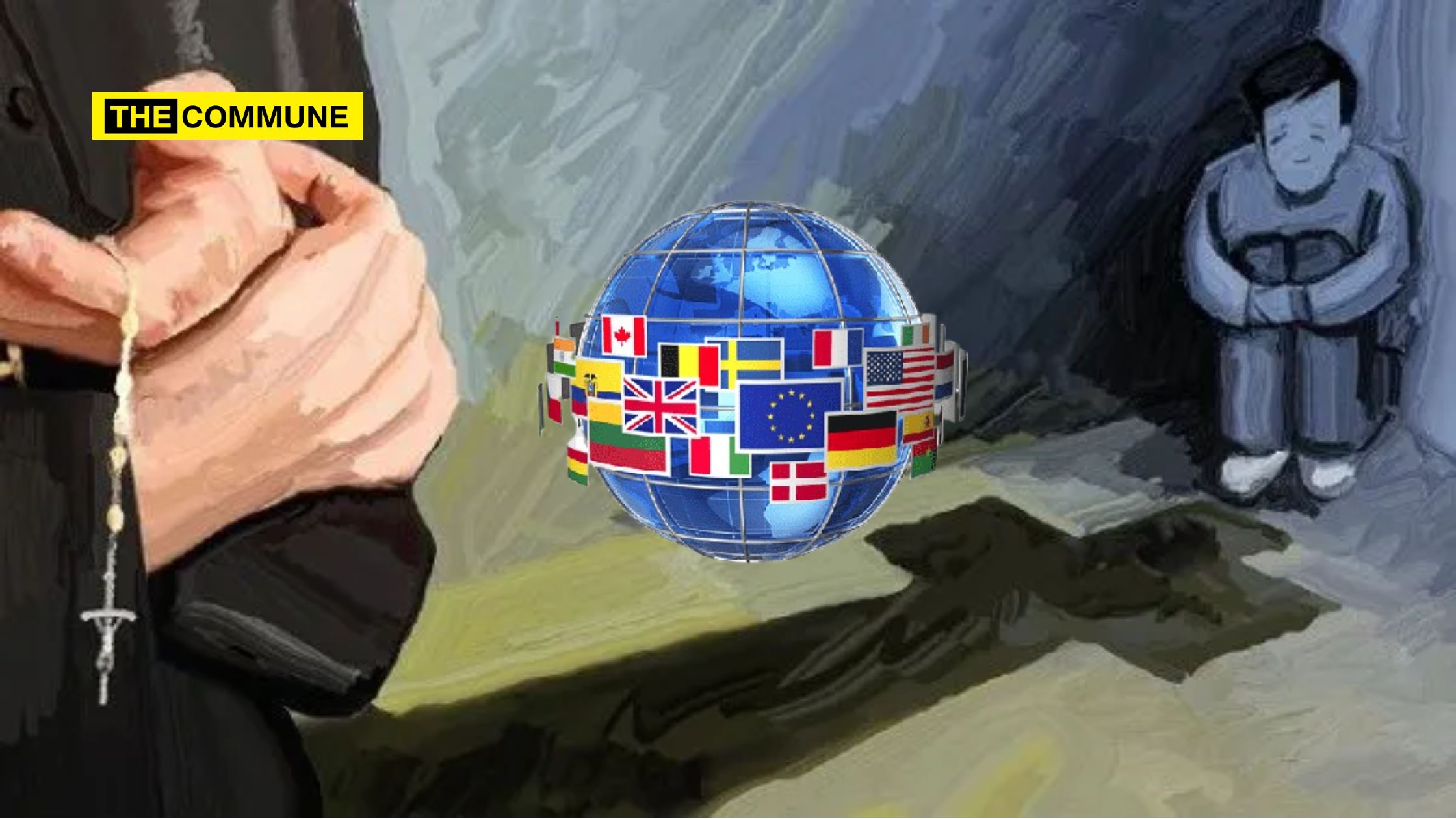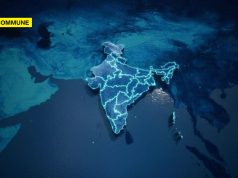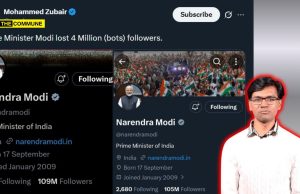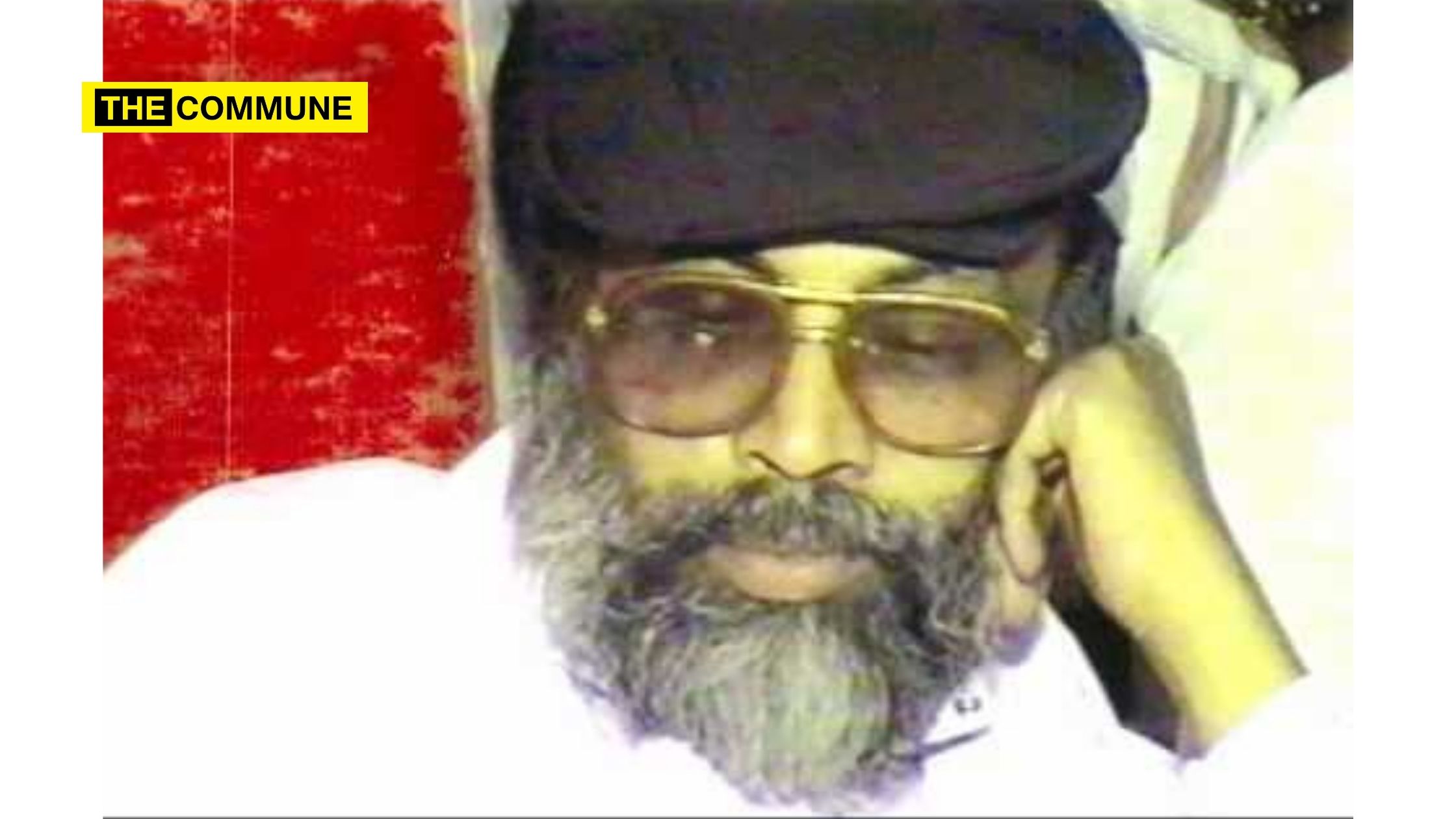
This is part 2 of the two-part series titled “The Preachings of Palani Baba: Delving Deep Into The Mind Of The Rabid Radicalizer
Click here to read Part 1.
Much has been written about the process and methods of radicalization of Muslims in this age of ISIS and Al-Qaeda. Intellectuals and politicians alike are eager to lay the mistake at the door of Saudi Wahhabism, funded by oil money, radicalizing by appropriating the tools of modern technology, namely, the Internet and mobile technologies.
A rare few are aware of earlier radicalization programs that were carried out in other places and times.
Here, we attempt to bring to you the thoughts and techniques of radicalization by Palani Baba, a charismatic radical preacher, who travelled the length and breadth of Tamil Nadu in the 1980s and 1990s. He was murdered in 1997, presumably by a group of Hindu extremists.
Approach To Mobilization Of The Faithful
Always, the preaching of a ‘purer’ brand of Islam was but a means to an end – creating a motivated populace from which to draw soldiers.
The end purpose, though stated in terms of opposition to a secular Bharatiya State, is quite clear in its unstated goal – The establishment of a State for Muslims, replete with sharia law. The means is also through conflict and striving, i.e. jihad. He is also quite clear when he says he is not looking for a groom for his daughter. He wants to find young men of violent nature for conflict.
Many of the inheritors to Palani Baba’s legacy frequently side with Dravidianists and claim to be inheritors of a Tamil tradition and as co-nationalists in a Tamil nation, who just happen to be Muslim. This is directly in conflict with the notion of Qom that Palani Baba preaches. In one of his speeches he refers to M A Jinnah, the founder of Pakistan, as ‘our’ Jinnah, simply because he belongs to the same fraternity of believers.
Most theories of radicalization – of poverty, disenfranchisement and educational disparities – automatically go out of the window. This was before the Babri Masjid era, when the Ram Janmabhumi movement had begun to be a means of Hindu mobilization, but whose effects were little seen deep in the South.
Relation With Kaffirs
Living among kaffirs is seen as a situation akin to living among fire. Striving among non-Muslims to establish a Muslim state is the highest goal. He also exhorts young men, brandishing a sword, to kill anyone who dares insult Islam.
He speaks about the need to teach non-Muslims Islam and convert them to Islam. Keeping the truth of Islam to oneself is selfishness. The way his speeches approach Hindu Dharma is quite in keeping with Dravidian political approach – he neatly divides Hindus into Brahmins and non-Brahmins. His antagonism is clearly towards Brahmins, a class, whom in the 1980s were seen as outsiders and against whom there was significant amount of prejudice in Tamil society.
In the same breath, he mentions the Hindu veneration of the cow. ‘To you, it is holy. To me, it is no more than a clod’. One of his speeches contains a diatribe full of misquotes claiming Vedic literature included sacrifices involving eating dogs and human beings.
Here, we again see the classic approach of an Islamist –demand respect for their beliefs at the point of the sword, and always keep the kufr on the defensive. The slaughter of the cow is seen as a means to maintain the asymmetry in the relationship with the non-believer, where the non-believer has to give in to Muslim’s demand for respect, but where the Muslim is not obliged to reciprocate. Also, here he always describes the Hindus whom Islam is seen in opposition to, as ‘Brahmins’, never Hindus.
Interestingly, in a speech in Sri Lanka, he exhorts Muslims there to stay loyal to the Government, since they have bigger problems to deal with. Since it is during the times of strife, he mentions that Tamil Hindus in Sri Lanka will have bigger problems to deal with and will not display ‘fanatic behaviour’ – which is banning cow slaughter.
Arms Control
In one of his speeches he is presented with a sword and he openly speaks of the need to bear arms, since he is looking for war.
It is indeed interesting that in Tamil Nadu, a State that had relatively few riots, only mild rivalry between Hindus and Muslims and a long history of co-existence, people would speak of war and conflict.
Dealing With Non-Muslim State
He complains of poor support from the judiciary and the press. Key cases he uses are cases against cow slaughter, the petition in Calcutta High Court against the Quran and the Ram Janmabhumi case.
He comes across as a keen observer of the judicial system in place in the Bharatiya State. Two of his observations that bear this out –
– Ambiguity of Constitutional provisions, which are couched in language that no one would have disagreement with, but the actual implementation is in individual rules/notifications and judgements that can be subjective.
– Judgements and decisions that are forced upon Courts only under threat of violence, that is, the capability of groups to indulge in violence and their projecting that capability.
His approach to the State is one of co-operation on a need basis, i.e., as long as core interests of the faithful are not compromised by the State. He frequently exhorts on the need for unity among believers as a primary strength in any negotiations with the State.
Preaching Style
– His primary call is the mobilization of the young Tamil Muslim man, whom he wants to rise above concerns of family, career and leisure towards submission to Islam.
– The young man is taunted for his lack of ‘honour’ and his succumbing to temptations of living among a kuffar society.
– The Tamil Muslim is here spoken of as second to none and an equal partner in the quam of Islam – just as good as the Saudi Sayids, thus effectively countering the Afzal/Ajlaf hierarchy prevalent in Islam. This fits into the mainstream Dravidian discourse of race politics.
– The kuffar enemy is equated with the ‘Brahmin’, since again this does not conflict with the mainstream Dravidianist brand of politics. The Hindu and Brahmin are merged into one and the same race, thus effectively seeking allies from across the spectrum of Dravidianist politics. One may note that this has brought good dividends as no mainstream political party in Tamil Nadu can have any quarrel with this equation.
– Repeatedly, the presence of an exclusive priestly class and the dynamic nature of the Hindu worldview are used to characterize Brahmins (Hindus) as racist, bigoted and ‘hypocritical’. This, in turn, is a very effective tactic as equality is framed as a universal virtue and dishonesty in belief as a universal vice.
– Rather than relying on appealing to authority, viz, extensive quoting of Islamic scholars, the entire body of preaching is presented in simple, everyday language as logical conclusions that can be arrived at organically from the first principles of revelation as in the Quran and the exemplary conduct of the Prophet in the Hadiths.
– In the same manner as the language, the concerns brought through are situations facing the average Tamil Muslims in the small towns where they continue to live. Palani Baba demonstrates an understanding of global geopolitics, but only alludes to them in passing.
– No clue is given in his talks as to the source and logical route of established authority. All authority is derived directly from the Quran, the Hadiths and the life stories of the four Rashidun Caliphs. This is in keeping with the style of all contemporary scholars who provide the philosophical framework of modern jihad. One may see this in the teachings of Abu Bakr al-Naji, for example.
Conclusion
In this two-article series (first part), our intention has been to demonstrate the universal nature of radicalization of Muslim populations. The message for radicalization need not be imported from outside a population, but is found in the very core of Islam’s teachings.
Even if a Muslim population is not disadvantaged with respect to the surrounding population of non-believers, it is not difficult to create a narrative of victimhood and build a radicalized corps of jihadis.
The ranks of jihadi outfits are populated through the work of such itinerant preachers rather than highly visible networks. It also becomes very difficult for a secular state to identify, isolate and neutralize their message, given the viral and grass-roots nature of the message.
Today’s jihadi core of Tamil Nadu was synthesised from the youth of the 1990s that rallied around this man’s preachings. Thus, as an original source, the preachings of Palani Baba form an excellent guide to understanding the process and results.
(This article was first published in Hindu Post and has been republished in The Commune with permission.)
Click here to subscribe to The Commune on Telegram and get the best stories of the day delivered to you personally.

